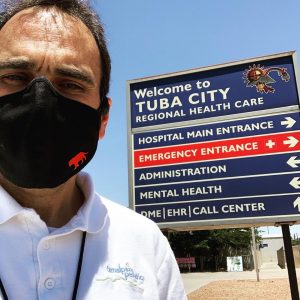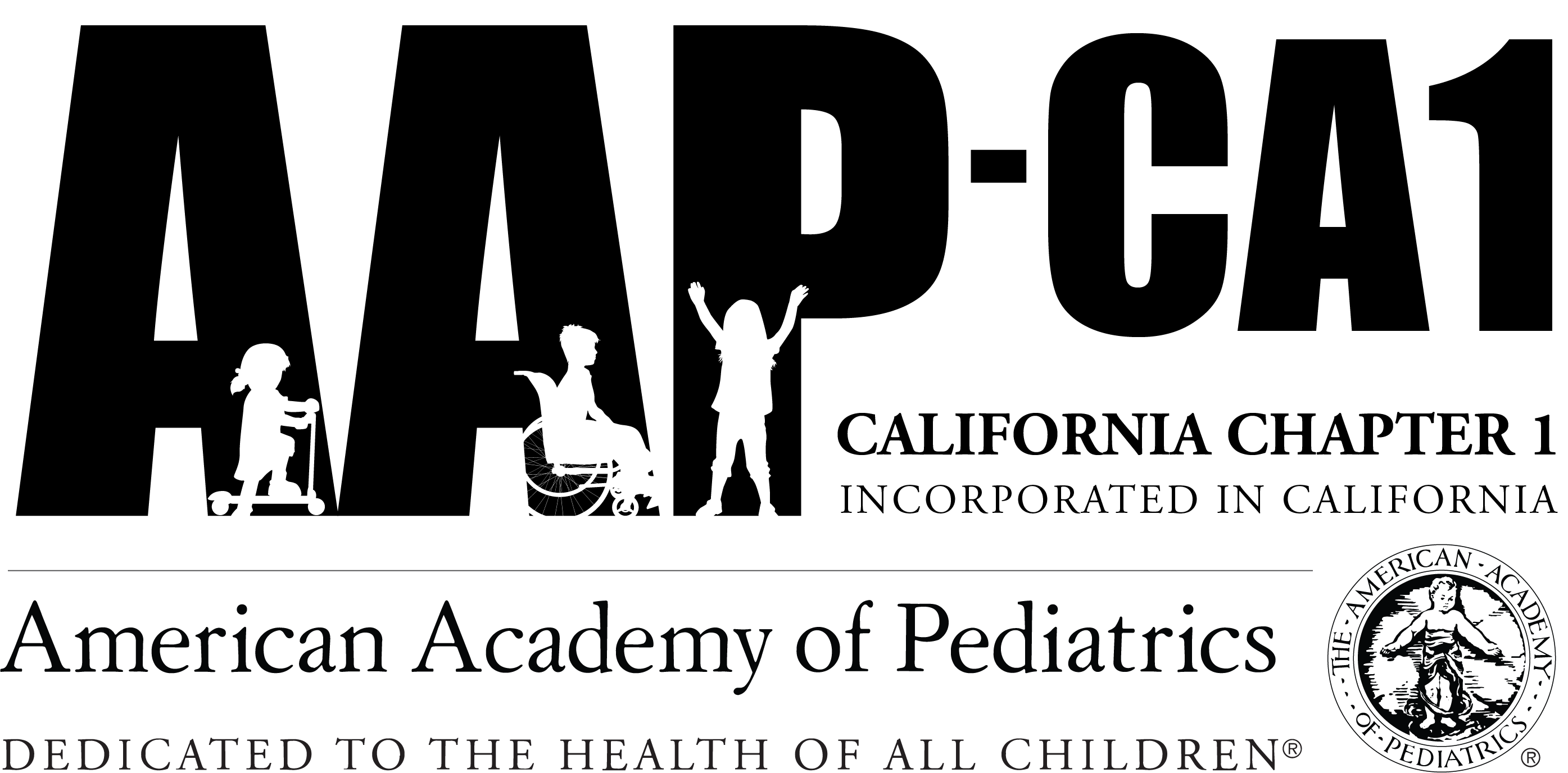What’s Up Docs? Article
By Nelson Branco, MD, FAAP
This article was first posted in the August 2020 AAP California Chapter 1 Newsletter

It is obvious that the novel coronavirus pandemic has exacerbated and revealed racial inequities in our country and our communities in a way that many of us have never seen. Those of us who work with these children and families may be unsurprised, but it remains to be seen what our country will do to address these issues. Do we have the political will to spend our resources in a way that improves the health of those communities? I heard last week that there may be a recommendation for a COVID vaccine to be used first in BIPOC (Black, Indigenous, and People of Color) communities, providing protection in the places where it is needed most. Having worked in and advocated for Native communities, I have seen firsthand how a vaccine program that prioritizes protection for those at highest risk can change the health of a community and I would support prioritization of those communities for protection against COVID.
My family recently had the opportunity to volunteer on the Navajo reservation to help with the COVID response. My role was simply to cover for pediatricians taking a much-needed break; I spent the week seeing well visits and minor, non-infectious illness in the pediatric clinic at Tuba City Regional Health Care Corporation. My family spent two weeks volunteering with the Tuba City Strike Team – a collaboration between the Navajo tribe, the Johns Hopkins Center for American Indian Health, the CORE Foundation and World Central Kitchen. It was a great experience for all of us. We appreciated the opportunity to spend time with friends from our time with the Indian Health Service and AAP Committee on Native American Child Health, to be in the Southwest and on the beautiful Navajo reservation and provide some small relief to those who have been so profoundly affected by the COVID pandemic.
The Navajo Nation and other tribes and reservations reported the highest rates and density of COVID cases in the US. At one point, the top five coronavirus hot spots in the United States were on Indian land. New York was sixth. As of July 20, there have been over 8,500 cases of COVID-19 diagnosed on the Navajo reservation. There are 300,000 enrolled Navajo tribal members, of whom 175,000 live on the reservation. By way of comparison, in Marin County, where I live and practice, we are experiencing a surge of cases and currently have just over 2,300 cases for a population of 285,000. In addition to the sheer numbers, the cases on the Navajo reservation are occurring in the setting of extreme poverty and high rates of comorbidities. On the reservation, 40% of homes lack running water and 30% do not have electricity. These conditions, in a population with many elders, multi-generational households and a rural setting where supermarkets, laundromats, shopping and other services are all concentrated in a few larger communities, have led the virus to spread quickly, despite reservation-wide lockdowns and sheltering.
Our housing in Tuba City was close by the helicopter pad, allowing us to hear patients being transferred out to ICUs in Phoenix and beyond several times a day. The hospital had set up drive-through testing and with the assistance of Johns Hopkins Center for American Indian Health staff, had done several testing blitzes where over 500 people were tested in one day. The hospital in Tuba City was divided into red and green zones, in order to segregate those being seen for COVID-related concerns from those who were at low risk of having COVID. It was an impressive effort to keep the staff and community safe when possible.

Read more What’s Up, Docs? Articles
